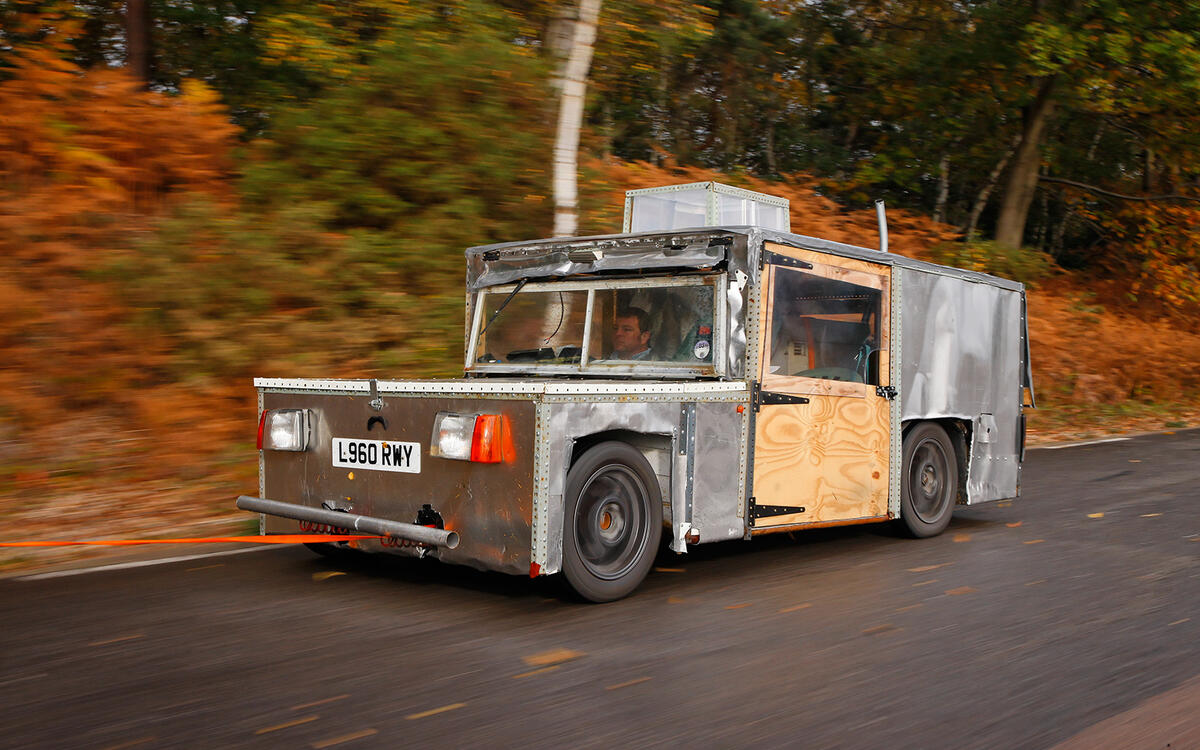Into the Night
Verified User
No myth.Myth: The increase in electric vehicles entering the market will collapse the U.S. power grid.
FACT: Electric vehicles have charging strategies that can prevent overloading the grid, and, in some cases, support grid reliability.
EVs are not aware of the grid and cannot control it.
Which means more coal plants, more natural gas plants, more nuke plants, etc.It is true that the increasing number of electric vehicles (EVs) on the road will lead to increased electricity demand.
So you are charging your car by discharging your car! Hilarious!Yet, how that impacts the grid will depend on several factors, such as the power level and time of day when vehicles are charged, and the potential for vehicle-to-grid (V2G) charging 3 among others.
What about those people that don't have garages?EVs can be charged at off-peak times, such as overnight, when rates are often cheaper.
No such research.Even with a mix of charging times (so not all nighttime charging), research indicates
Argument from randU fallacy.that sufficient capacity will exist to cover EVs entering the market in the coming years.
Oil and natural gas are renewable fuels.And further down the road, when renewables make up a larger part of our energy mix in many regions,
Solar energy is the most expensive method of producing power there is. It's piddle power.switching to more daytime charging (when some renewables like solar generate energy)
TANSTAAFL. Batteries are not an energy source. You are ignoring the 1st law of thermodynamics again.with some energy storage capability
TANSTAAFL. Batteries do not add to power generating capacity.should allow the grid to handle increases in EV charging.
And you can't charge them because the power is out again. There are not one million EVs in California.5 California leads the country with more than 1 million electric vehicles
California already has woefully insufficient power generating capacity.and EV charging currently makes up less than 1% of the state’s grid total load, even during peak hours.
TANSTAAFL. A battery is not power generating capacity.Vehicle-to-grid (V2G) charging allows EVs to act as a power source that may help with grid reliability by pushing energy back to the grid from an EV battery.
You can't charge them when the power is out again. California already has woefully insufficient power generating capacity.This is done by allowing EVs to charge when electricity demand is low and drawing on them when that demand is high
Worse, all the power you idiots are importing right now is overloading the transmission lines you are importing through. If either of them trip out, the WRIC will disconnect the others to save WRIC. That means shedding California loads, dude.
Last edited:



